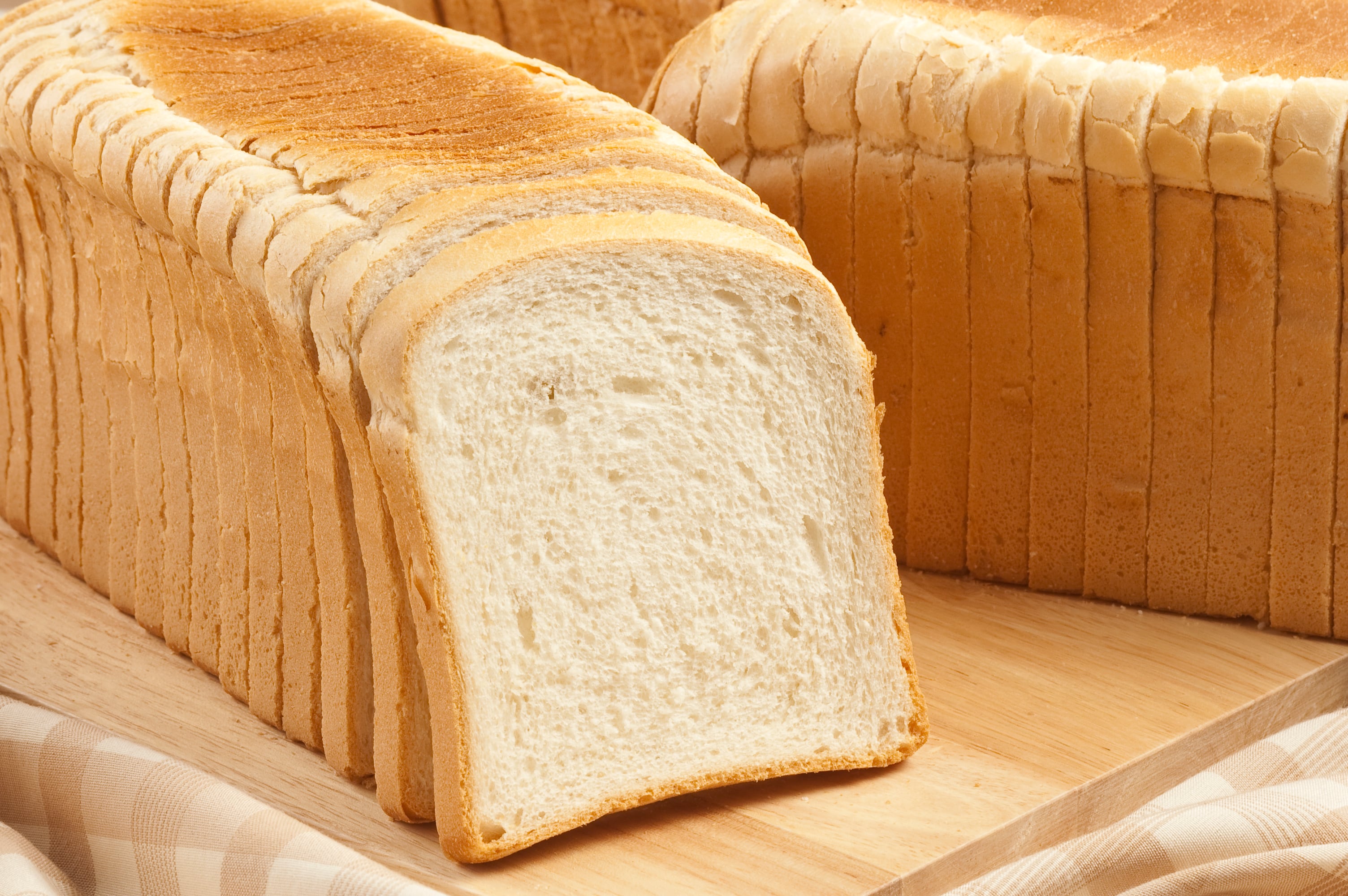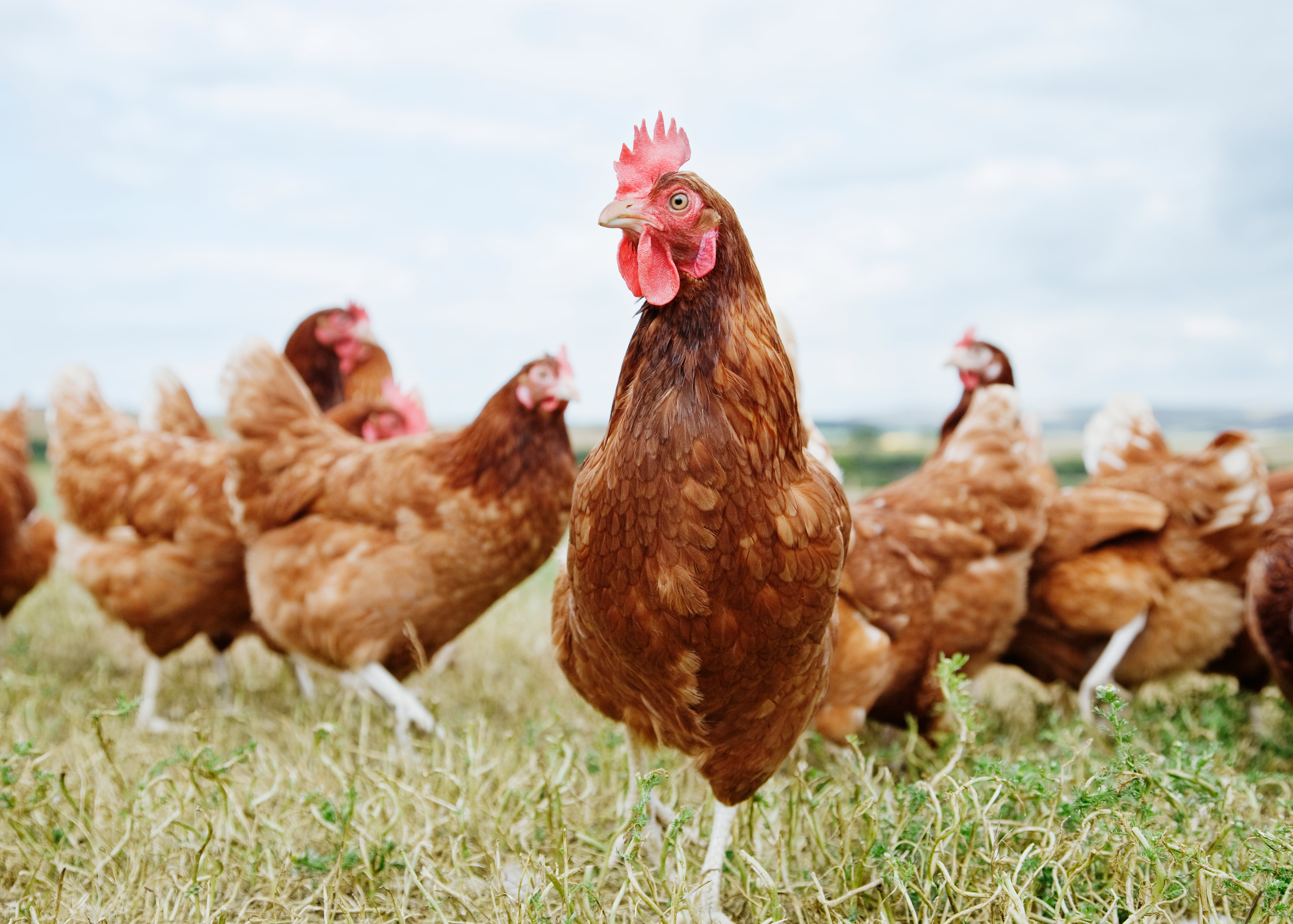According to a study by the Institute of Biosciences at the University of São Paulo (IB-USP), defatted sunflower seed flour – which is a by-product of the industrial sunflower oil extraction – could be used to enrich breads with proteins, fibres and antioxidant compounds.
In order to assess the potential of sunflower seed flour as a partial substitute for wheat flour, the researchers formulated bread by replacing wheat flour with different proportions of sunflower seed flour, ranging from 10% to 60%.
The results showed that adding sunflower seed flour significantly increased the bread’s protein and fibre content. For example, the formulation containing 60% sunflower seed flour had 27.16% protein – more than triple the amount found in conventional bread.
“Our aim was to optimize the reuse of sunflower seed flour considering its high protein and chlorogenic acid content,” said Leonardo Mendes de Souza Mesquita, a biologist at IB-USP in Brazil.
“Sunflower seed flour has been shown to contain a very high percentage of protein, from 40% to 66%, as well as dietary fiber, iron, calcium, and high levels of chlorogenic acid, a phenolic compound associated with antioxidant, anti-inflammatory, and hypoglycemic effects.
“Reusing this by-product adds nutritional value to bread and reduces the environmental impact of the sunflower oil industry. In addition, sunflower seed flour is an extremely cheap raw material, which the oil industry sells just to avoid disposing of it as waste.”
Industrial sunflower seed oil extraction is conducted by pressing without the addition of chemicals, which ensures that the resulting flour is free of contaminants other than those left over from agricultural sunflower production.
“The result reinforces the potential of sunflower seed flour to promote health benefits associated with reducing oxidative stress,” added Mesquita.
While the use of sunflower seed flour enriched the bread with protein and fibre, it did compromise some of the sensory characteristics, resulting in denser bread with a less soft texture.
However, this was mitigated by adding aqueous extract, which helped preserve the structure and texture of the breads, keeping them close to those of traditional wheat bread.
“This indicates that adding aqueous extract is an effective strategy for maximizing the nutritional benefits and minimizing the adverse sensory effects of sunflower seed flour,” Mesquita concluded.





